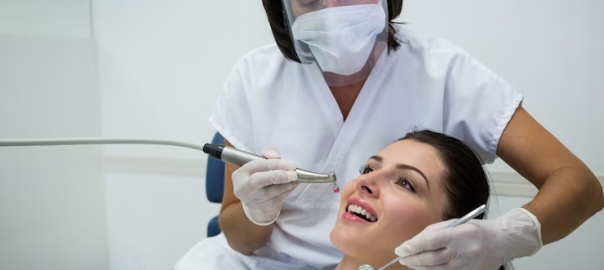
Minimal Invasive Fillings with Nano Materials and Direct Bonding
Do you dread the thought of getting a filling because of the pain and discomfort associated with it? Well, there is good news for you! With the advancements in dental technology, minimal invasive fillings with nano materials and direct bonding to the tooth structure are now possible.
Preserving Natural Tooth Structure
Minimal invasive fillings prioritize the preservation of natural tooth structure. Unlike traditional fillings that may necessitate extensive drilling, minimal invasive fillings aim to minimize the removal of healthy tooth enamel. This conservative approach not only maintains the strength and integrity of the tooth but also reduces the risk of complications in the future.
Enhanced Aesthetics
One of the key benefits of minimally invasive fillings is their ability to provide superior aesthetics. With the use of tooth-colored materials, these fillings blend seamlessly with the natural tooth, creating a more pleasing and natural appearance. The composite resins used in minimal invasive fillings can be precisely matched to the color and translucency of the surrounding teeth, ensuring a beautiful and discreet restoration.
Advantages of Nanomaterials
Nano materials have played a significant role in advancing minimally invasive fillings. These materials, consisting of particles on the nanoscale, offer unique properties that enhance the strength and longevity of the restoration.
The Direct Bonding Technique
Direct bonding is a minimally invasive technique commonly used in conjunction with nano materials for fillings. This technique involves the application of a tooth-colored composite resin directly onto the tooth surface. The resin is carefully shaped and bonded using a special light, resulting in a strong and natural-looking restoration. Direct bonding eliminates the need for extensive drilling, allowing for a more conservative approach to tooth restoration.
Benefits of Direct Bonding
Direct bonding offers several advantages in minimal invasive fillings. Firstly, it preserves the maximum amount of healthy tooth structure, as only minimal preparation is required. Secondly, the composite resin used in direct bonding can be precisely matched to the color and shape of the natural tooth, ensuring a seamless and natural-looking restoration. The versatility of direct bonding allows for the repair of various dental issues, including chips, cracks, and gaps, providing both functional and aesthetic benefits.
Inlays and Onlays
In addition to minimal invasive fillings, there are other conservative restorative options available, such as inlays and onlays. These restorations are ideal when the damage to the tooth is more extensive but does not require a full dental crown. Inlays and onlays are custom-made restorations created in a dental laboratory. They are designed to fit precisely within the prepared cavity, restoring the tooth’s shape and function. These restorations provide excellent durability and aesthetics, and they are bonded securely to the tooth, ensuring long-lasting results.
The Synergy of Minimal Invasive Fillings, Nano Materials, and Direct Bonding
The combination of minimal invasive fillings, nano materials, and direct bonding offers optimal results in terms of aesthetics, strength, and longevity. Nano materials reinforce the composite resin, making it more resistant to wear and fracture, while direct bonding ensures a precise fit and a natural appearance. Together, these techniques allow for the
preservation of natural tooth structure, while providing excellent aesthetics and durability.
Minimal invasive fillings with nano materials and direct bonding techniques have revolutionized the field of restorative dentistry. By prioritizing the preservation of natural tooth structure and utilizing advanced materials, these fillings offer superior aesthetics, longevity, and functional restoration. The combination of nano materials and direct bonding allows for conservative yet effective treatment, ensuring minimal discomfort and optimal oral health outcomes for patients.
DISCLAIMER:Please note that the prices mentioned on this page: (a) present a range (depending upon the severity of the dental condition, the technology used in treatment, type of dental products used, etc.); (b) are true as on the date of this page and may change on a later date, in accordance with the standard company policy; (c) may be subject to standard aberrations or generalizations on account of the use of AI in general Google/internet search by you.Leave a Reply
Leave a Reply
Explore More Similar Posts
Explore More Blogs


Leave a Reply